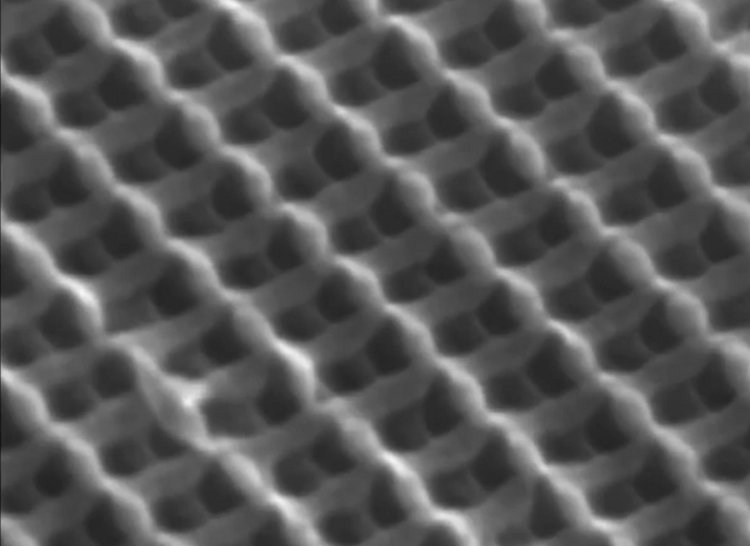
Investigators at the Cambridge-based Massachusetts Institute of Technology (MIT) announce the development of a technique that enables them to create extremely small, 3D structures from self-assembling copolymers. The structures may be used to create even smaller chips.
In the field of electronics and microprocessors manufacturing, the general rate of miniaturization is beginning to slow down, as current light-focusing technologies are starting to reach their limits.
The issue cannot be easily overcome, since the physical limitations of the materials themselves are getting in the way. This is why the MIT group is using copolymers, compounds that are able to assemble spontaneously.
Another amazing feature is that they tend to create wire-like, cylindrical structures, when placed on a surface. The issue with that was until now that there was no way for researchers to control the patterns in which these formations assembled themselves.
What the investigators did was basically demonstrate that an array of tiny posts – made up of silica-like materials – can be placed on a silicon surface, and used to guide the shape and size of the copolymer tubes. The kicker is that the group is able to control this process in three dimensions.
The research group that managed to achieve this innovation was led by the MIT Toyota professor of materials science and engineering, Caroline Ross. She and her team detail their study in the latest issue of the top journal Science.
The researcher says that tweaking the size and coatings on the tiny guiding posts can influence the spacing between the copolymer tubes, the angles at which they spread out, how they bend, and the locations of the junctions they make.
“It wasn’t expected to be possible. It was a surprising result. We stumbled upon it, and then had to figure out how it works,” explains Kevin Gotrik, a graduate student at MIT and a member of the research group.
In the future, the copolymer wires may set the basis for a new generation of microprocessors, featuring even smaller wires than they do today.
Via: Future Microprocessors Will Boast Copolymer Wiring
Tidak ada komentar:
Posting Komentar